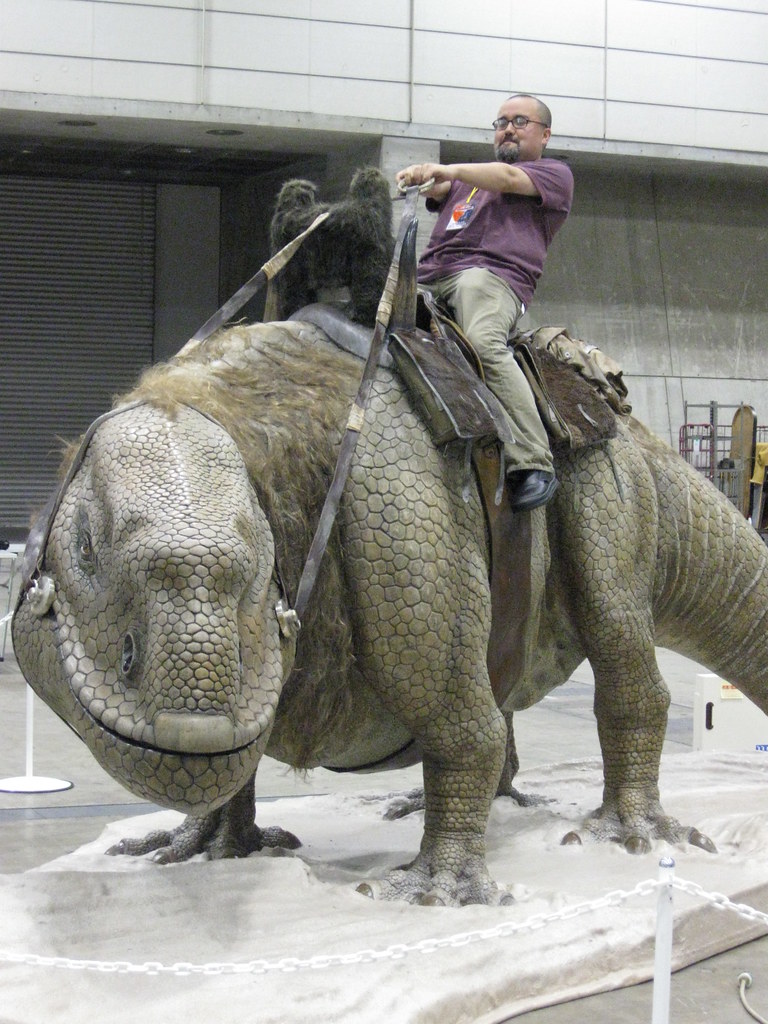For my final project in my anatomy class, I had to depict some sort of figurative scene of my own choice. I wanted to do some type of warrior illustration and after a lot of looking for reference images, I found some that inspired me. The scene I chose to depict was from Greek Mythology and is of the twelfth labor of Heracles (Hercules). Heracles had been cursed at one point by his step-mother Hera into having a fit of madness, during which he killed his wife and children. In order to atone for the murder he had committed, Heracles was tasked with twelve seemingly impossible labors. The final labor he was given was to capture Cerberus from Hades. I wanted to have the opportunity to create this scene and capture the tension right before the first blow is delivered.
 Also, to give you an idea of how I went about creating this image, here is a breakdown, layer by layer, of all the little layers and adjustments I used in Photoshop:
Also, to give you an idea of how I went about creating this image, here is a breakdown, layer by layer, of all the little layers and adjustments I used in Photoshop:























